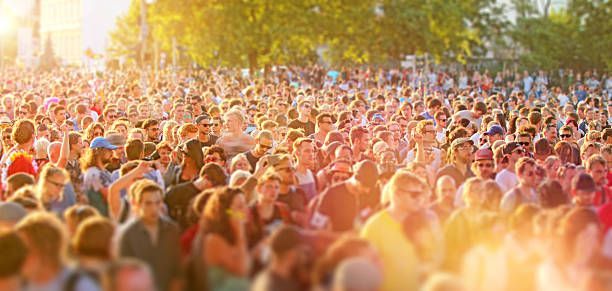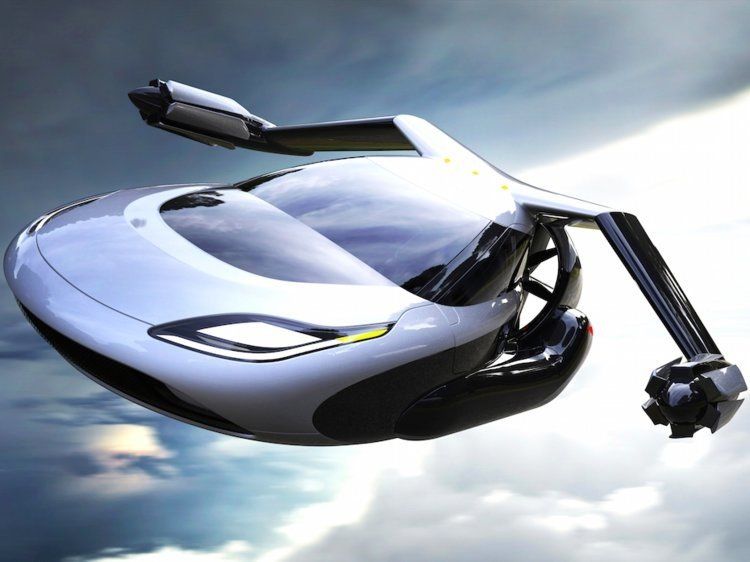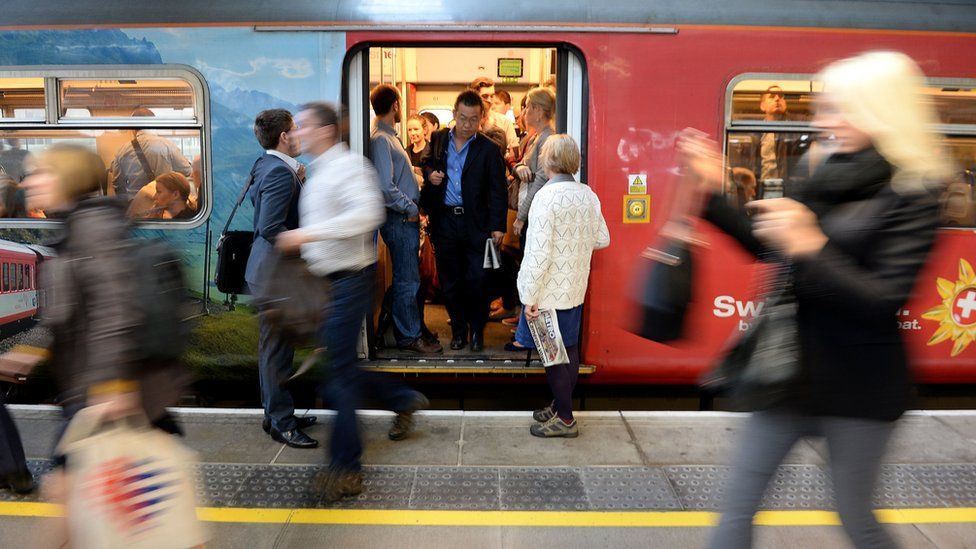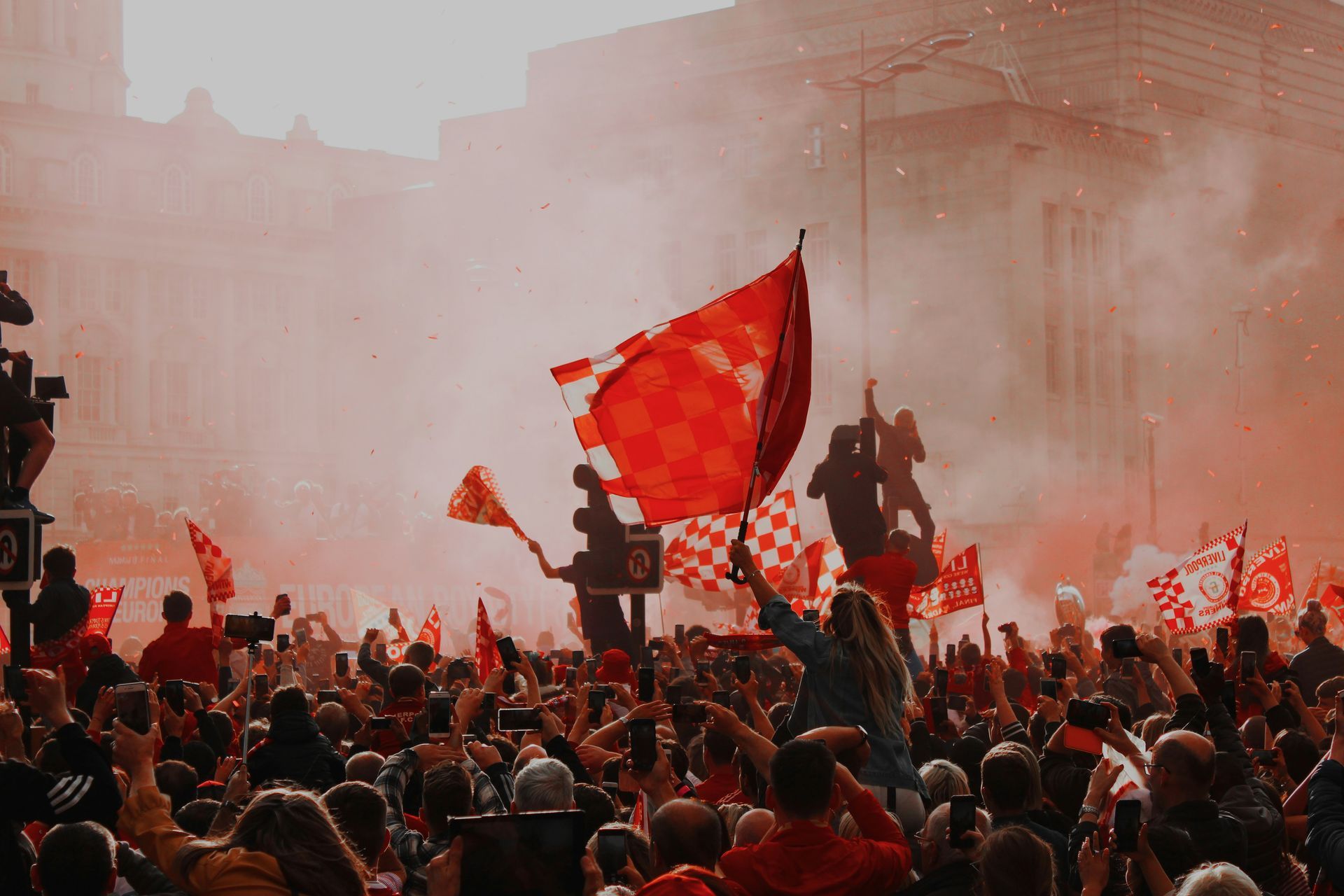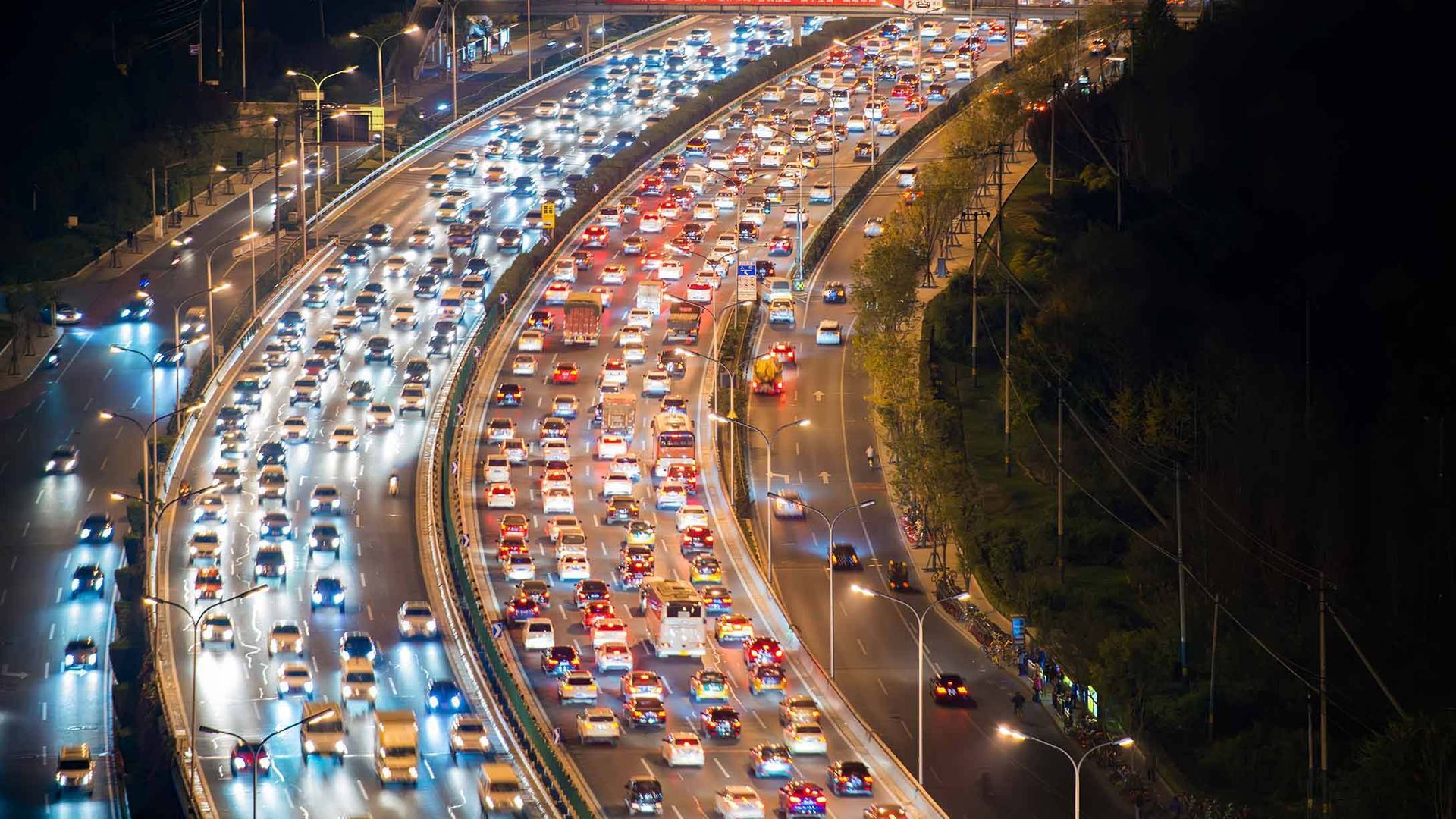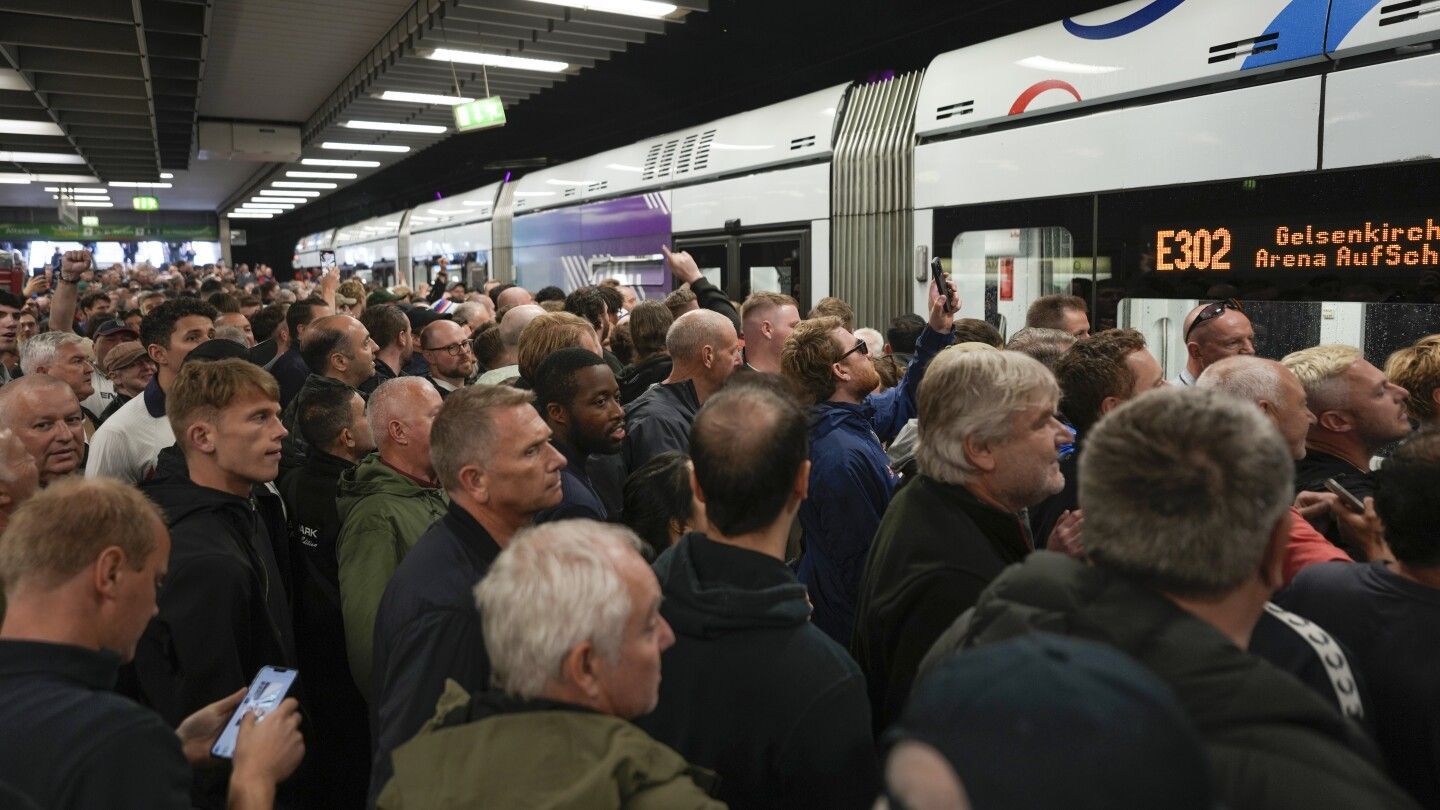When Big Events Collide (Again and Again): How cities can master transport for repeated and simultaneous major events

It’s a familiar sight in many modern cities: tens of thousands of people surging into stadiums, arenas, and convention centers — not just once, but every weekend. Now imagine multiple of these events happening at the same time, at different venues, or worse — in the same vicinity.
Welcome to the reality of hosting in-demand cultural, sporting, and commercial destinations in a city with limited space and fixed infrastructure.
But the challenge is not insurmountable. With the right strategies, cities can move from barely coping to confidently delivering seamless experiences — even under pressure. As long as there is a focal point making it happen…..
🧠 The Core Challenge: More Events, Same Infrastructure
Let’s be clear: most cities weren’t designed for multiple major events simultaneously. And few transport corridors can comfortably handle the intensity of repeat surges to the same venue multiple times per month.
Common pain points include:
- Congestion on key arterial roads and transport corridors
- Public transport services and stations overwhelmed by peak crowd surges
- Poor communication between transport agencies, event organisers, venue operators and – imagine - spectators
- Limited options for accessible or inclusive travel as the needs of those with particular requirements get swamped in the masses
- Resident fatigue from repeated disruptions, detours and over excited event goers in a confined space
🔧 Solution #1: Build a City-Wide, Event-Specific Integrated Travel Demand Strategy
When multiple events are hosted citywide, the biggest mistake is letting each event operate in a silo.
Instead, develop a citywide transport event overlay that:
- Covers every known venue with a repeat calendar (stadiums, entertainment arenas and so on)
- Aligns event calendars across the city-region to identify conflicts early
- Integrates venue or event level mobility planning into the wider city movement strategy
- For venues that host repeated events (like weekly football or football matches), establish a categorisation approach to event/venue management and associated standing operating procedure (SOP) for transport solutions that can be adjusted per scale or context.
💡 Example: A stadium hosting a football match every Saturday should have a tested transport plan that could include:
- Scalable overlay shuttle services or park and ride sites
- Localised traffic diversions that do not vary by event
- Active transport priority routes that facilitates smooth movement across the areas
- Adaptive signal timing during arrival and departure waves
- A standard transport communications plan for event goers and the community at large
🔄 Solution #2: Treat Repeat Venues Like Transport Hubs — Because They Are
High-frequency venues are not just event locations — they’re temporary transport hubs. On match day, a stadium might generate more passenger movements than a city airport.
So, treat them accordingly:
- Assign dedicated transport coordinators or managers who understand (their) event-specific flow
- Use dynamic wayfinding, such as LED signs and mobile notifications, to guide the travelling public
- Introduce real-time crowd monitoring tools to trigger interventions (e.g., rerouting or crowd splitting)
- Use a bespoke event savvy journey planning tool for spectators that conveys the transport options need to ensure things work
🛑 Critical: Make sure accessibility provisions (wheelchair access, low-vision guides, translation services) are available for each transport mode during each event.
📆 Solution #3: Use Smart Scheduling and Conflict Avoidance Tools
Hopefully decreasingly true for larger city-regions but local authorities often don't have a clear view of all upcoming events until it’s too late.
Establish a centralised events register where:
- Organisers are required to log event details (time, venue, expected attendance)
- City planners can use demand forecasting tools to identify pinch points — overlapping start times, same-route crowd surges, or repeated use of transit nodes
🤝 Many cities use “Event Coordination Panels” or similar that meet monthly to align logistics and prevent overloads on shared infrastructure.
🧭 Solution #4: Plan Egress First, Not Last
Event planning often focuses on how people get in, but how they get out is when systems break down.
Why not think about:
- Staggered exits: Encourage phased departures using post-event programming, delayed transit availability, or phased parking release.
- Zoned pick-up/drop-off: Divide rideshare and shuttle areas by zone to avoid chaotic mixing.
- Rapid-response teams: Deploy mobile transport staff with authority to reroute buses, manage queues, or close access points if needed.
- On-site entertainment etc: Encourage people to hang around for a while to disperse crowds.
🎤 Consider how a music festival exit differs from a football crowd — different demographics, behaviors, and urgency. Plan for that.
📣 Solution #5: Communicate Like a Brand, Not a Bureaucracy
One of the most powerful tools for managing simultaneous or repeat events is strategic communication — before, during, and after.
City stakeholders should adopt a unified voice across all channels:
- A single branded mobility portal or app with all event-day info
- Push alerts via transit apps, ride-share platforms, and social media
- Visual overlays (e.g., maps showing crowd pinch points, wait times)
- Ensure the community (not going to the event) are communicated with about transport impacts too!
📱 If people can see their best options clearly, they’ll self-distribute — reducing the burden on stretched resources.
🔄 Solution #6: Put sustainability at the core
When trying to manage the mass movement of people in this scenario it is often easy to push environmental goals to one side in favour of operational practicalities.
The cities, venues and events that win out remember to uphold the principles of carbon busting whether that’s:
- Integrated transport marketing communications across all stakeholders is key: positioning sustainable travel choices in the right way to event goers (and the general public) is an art so be creative. Whether that’s a bespoke multi-modal journey planner for the event, ensuring rudimentary travel advice on websites or on socials is presented well or timing the push of information so it’s available at point of event ticket purchase.
- pushing the modal hierarchy to optimise capacity: get those using public transport to walk and cycle if they can, freeing up space in public transport to encourage car users to transfer and then enabling those travelling by car to share their trips or use park and ride.
- promote peak spreading on public transport: ensure a great public transport experience for event goers by promoting less busy times and routes (or promote parallel bus/tram/train/coach where it exists).
- get more people wheeling: uplift any public bike or scooter provision where public transport or roads are expected to be busy. Particularly useful as a last mile solution as long as safety issues can be overcome. Ensure suitable levels of cycle parking for those bringing their own!
- go green fleet: where motorised transport is the only option do all that’s possible to ensure it’s low carbon. Whether that stipulating lowest emissions bus contracts, providing or promoting EV charging points and so on.
💡The more sustainable the travel options, the more likely the outcomes will be sustainable!
🧪 Bonus: Test, Learn, and Automate
No transport plan survives contact with real crowds — unless it evolves.
Build post-event diagnostics into plans:
- How did dwell times change?
- Where did queues form?
- Which messages got the most engagement?
(Ideally) use this to train machine learning models that can forecast future flows more accurately, and eventually automate parts of the crowd-routing system using AI-informed signage, adaptive transit scheduling, or autonomous vehicle dispatching.
🚀 Final Thoughts: Smart Cities Are Event-Ready Cities
The future isn’t just one major event — it’s many, often in the same spaces, week after week.
Success lies not in reinventing the wheel each time, but in:
- Creating modular, repeatable transport plans
- Investing in data-driven, venue-specific mobility management
- Building public trust through reliable, people-first experiences
So whether you're planning a once-in-a-decade mega event or managing a stadium precinct with events every weekend — the question isn’t if you can handle it, but how smartly and sustainably you do.
The aim - build cities that can celebrate without stopping!!!
In the Round is pleased to continue to support city-regions on their approaches to managing the travel demand of multiple events and, even, using these moments as an opportunity to embed longer term behaviour change as a result. If you’d like to chat some more about this topic please come say hello@intheround.global.

